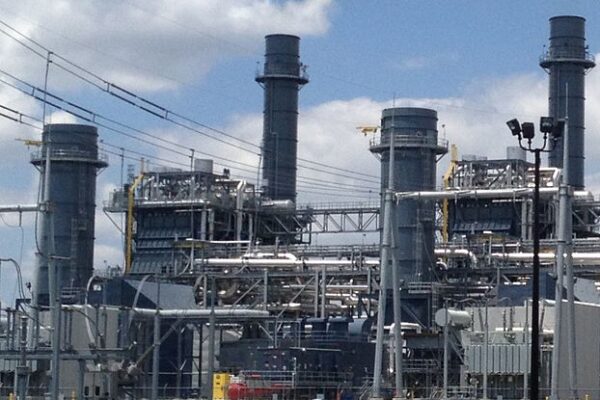This year marks the 50th anniversary of the Clean Water Act, our nation's landmark water protection legislation that aims to maintain healthy surface waters, ensure the health of ecological resources, protect human health, and restore impaired waters.
It provides all individuals within the United States the right to waterways that are clean, biologically intact, and safe for use. Federal authority for enforcement lies with the Environmental Protection Agency (EPA), which gives states and tribes the tools and guidance necessary to protect and maintain healthy waterways in cooperation with federal government agencies.
This cornerstone legislation was signed into law by President Nixon on October 18, 1972, with the main goals of restoring and maintaining "the chemical, physical, and biological integrity of the Nation’s water,” eliminate pollutant discharges and provide for the “protection and propagation of fish, shellfish, and wildlife” and “recreation in and on the water.”

President Nixon signs the Clean Water Act into Law, October 18th 1972. Source: Science History Institute
“The Federal Water Pollution Control Act Amendments of 1972 — the modern Clean Water Act — established a national commitment to restore and maintain the chemical, physical, and biological integrity of the nation’s waters. The Clean Water Act has been instrumental in improving the health of rivers, lakes, and coastal waters. It has stopped billions of pounds of pollution from fouling the water, and dramatically increased the number of waterways that are safe for swimming and fishing.”
Learn more about the history of the Clean Water Act: “A Brief History of the Clean Water Act”, from PBS’s NOW
Robust protection of our nation's surface waters came under act attack in 2020 when the Trump administration dramatically reduced the amount of U.S. waterways receiving federal protection under the Clean Water Act in a bid to comply with industry interests and fast-track oil and gas pipelines.
Of the many changes introduced by Trump's EPA, perhaps the biggest and most contentious was the controversial move to roll back federal pollution limits in wetlands and smaller waterways. All together, Trump gutted protections for 25% of surface waters in the country.
The tides changed once again in 2021 when newly elected President Joe Biden announced his plans to undo the Trump-era rule and restore protections to streams and wetlands. While we await a formal rule proposal by the Biden administration, the 2015 Obama-era "Clean Water Rule" has been reinstated in the interim. This law provides a blanket definition of "Waters of the United States" (WOTUS), allowing protections to approximately 60% of America's surface waters.

Wetlands in North Carolina. Source: Department of Environmental Quality
We love clean water and know you do, too!
Keep up-to-date with all our work with communities to protect and restore North Carolina's beautiful water resources. Sign up today to receive our newest edition of Clean Currents to learn about our Water Justice & Polluter Accountability programs, membership & volunteer opportunities, and how YOU can become a clean water advocate in your own community.
Our NC Department of Environmental Quality's Division of Water Resources is responsible for ensuring safe drinking water in accordance with the Clean Water Act. The Division issues pollution control permits, monitors permit compliance, and carries out enforcement actions for violations of environmental regulations.
Help protect the waters of North Carolina by getting informed and getting involved!
- Sign up to receive Division of Water Resources Press releases. Information on meetings regarding rulemakings, surface water quality standards, and committee meetings
- Sign up to receive information on draft permits for a proposed industry. Public notices straight to your inbox about opportunities to speak out and how to provide comments to the Division
- Check out River Network's comprehensive Clean Water Act overview for community manuals, toolkits, and much more!






